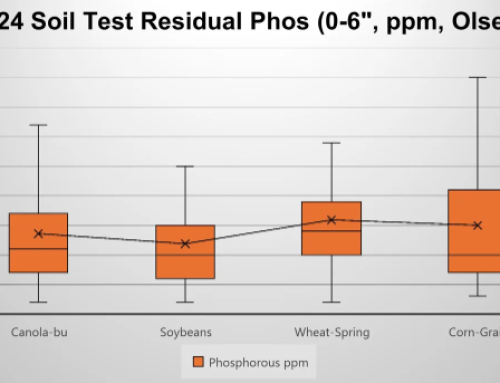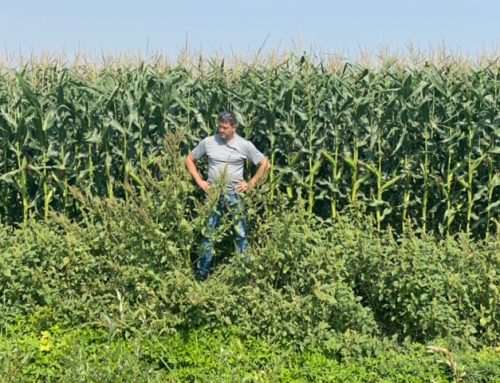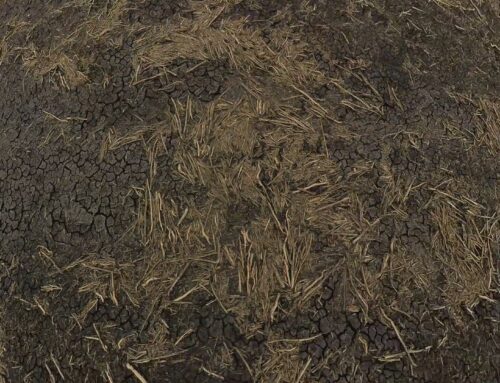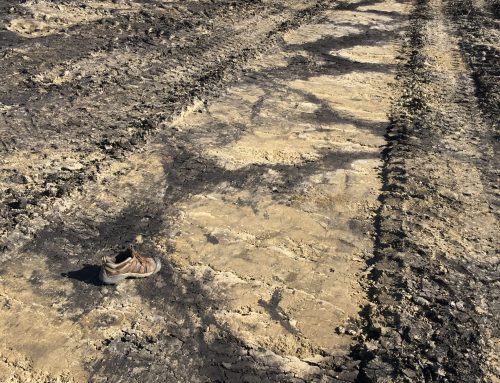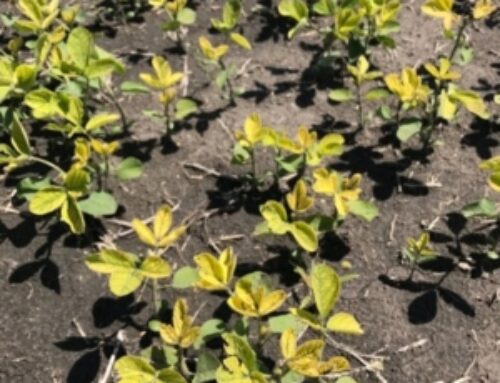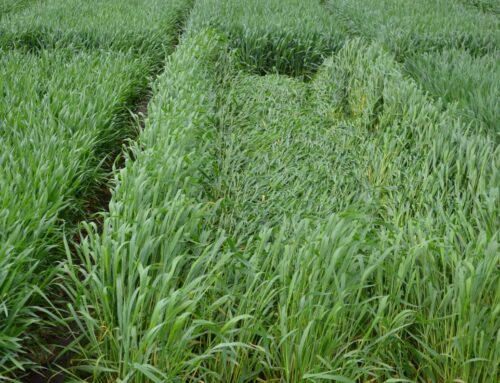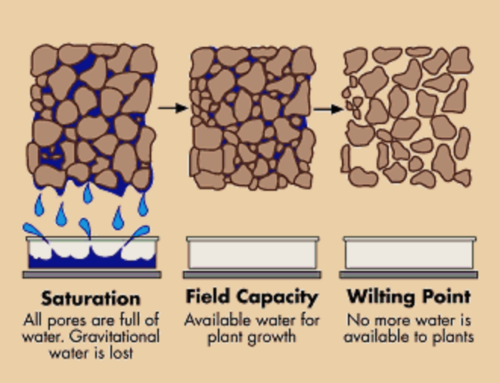Even though the Canada – United States border is closed to most travel, we will never be able to experience border closure for common and emerging pests that migrate up from our southern neighbours. Pest movement is normal yet unappreciated. This short series will focus on (possible) up and coming Prairie pests. Knowing what to look for in your fields will ensure you can identify the issue and make a plan before it becomes a problem.
Red River Valley farmers are well aware of the typical pests that frequent our fields: grasshoppers, flea beetles, leaf rusts or red root pigweed, to name a few. These pests migrate in from the south or overwinter in our soils. Prairie pests can usually be predicted through weather patterns (dry vs wet), wind strength and direction, winter coldness or crop rotation. Monitoring field conditions through routine (annual) soil sampling or bi-monthly walk-throughs during the growing season can help keep an eye on what is happening at the soil and plant level.
It is easy to be rushed for time during the growing season and to develop the mindset that a pest is not a priority until it becomes a significant problem or needs dealing with. Once a large pest population has established, it can be hard to deal with effectively and economically. Pests can severely impact crop health, damage our pesticide plan and eat away at our yield goals.
Furthermore, with many field pests, their impacts and symptoms on the plants may not be easily identifiable or can be confused with other problems or insects. Developing a monitoring plan is important. Controlling prairie pests begins with a long-term sampling focus that is consistent – same time of year, same crop, same laboratory. Visual, pathological and biological tests can all provide valuable insight into what is happening in your field, when unexplained yield loss may be the only indicator of your problem – which is much too late.
Bon Appetit!
Potential Pest #1: Soybean Gall Midge
Identified as a new species in 2018, Soybean Gall Midge, is a new pest impacting soybean yields in the United States. Growers in Minnesota and South Dakota are already feeling the effects of this orange-coloured larvae that can lower yields by up to 30%.
Midge pupae overwinter in the top 1 ½ inches of soil, emerge as adults in June and lay their eggs in the fissures of soybean stems. Larvae hatch within a few days, go through 3 stages of growth (1st and 2nd stage are white maggot-like larvae, 3rd stage is orange) within the stem, and eat the stem tissue causing the plant to wither and die. The orange larvae then fall to the ground to pupate and overwinter.
The Soybean Gall Midge can be very damaging to a crop once it is established because it cycles through 2-3 generations per growing season, with the larvae maturing at different rates. This continuous life cycle makes pest control incredibly difficult while the location of the larva inside the stem keeps them protected from any foliar treatment. Until now, there have been no identified management techniques other than eliminating soybeans from the crop rotation.
Adult midges are poor flyers and can only move to the closest plant unless aided by the wind. First damage by the soybean gall midge is typically seen along field edges beginning in the V2 stage, moving inward. Damage caused by this pest is similar to white mold gall midge, which only feeds on fungi and is therefore not an economic pest. Visual symptoms include cracked, brittle or broken and blackening stems near the base and wilting, dying plants. When scouting, the white or orange larvae can be found within the protective outer layer of the stem, up to 8 inches from the ground. Larvae can be found within 3 weeks of adult emergence beginning in late June or early July.
A midge scouting video can be found at https://extension.umn.edu/soybean-pest-management/soybean-gall-midge-minnesota-soybean courtesy of University of Minnesota Extension.
Potential Pest #2: Soybean Cyst Nematode
The Soybean Cyst Nematode (SCN) is a microscopic worm that feeds on the roots of soybeans and blocks nutrient uptake to the plant. A population may become difficult to manage before aboveground symptoms are noticed, invisibly lowering soybean yields by 15-30 bu/ac (up to 50%).
The male and juvenile nematodes are microscopic, worm-like and do the most economic damage. Female nematodes are lemon-shaped and can sometimes be seen poking out of soybean roots, although they are incredibly small (1 mm). Completing their lifecycle, the females die and their bodies become a protective cyst encasing their eggs. One cyst can contain 600 eggs and eggs can survive over 10 years in the soil. A new generation can procreate every 24 days during the growing season. The nematodes prefer sandier soils and moderate temperatures but are adaptable. Soil pH may also play a role in SCN populations, with higher yield loss seen in soils with pH levels between 7.1-8.
There are no distinct, above-ground symptoms indicating SCN and healthier soybeans plants with bigger root systems can actually host more reproducing SCN females. The only way to be truly aware of the SCN in-season is by scouting from late July through September by gently searching roots for nematode females (cysts). Look for little white dots about the size of the period at the end of this sentence. Check a field 2-3 times during the growing season, in multiple locations. Just because few or no SCN is found at one spot, doesn’t indicate that the population is heavy elsewhere in field.
Unexplained patches of stunted soybean growth, wilting, or patches of sudden death syndrome may indicate their presence, however, these visual symptoms can be confused with other plant issues, like nutrient deficiencies, herbicide injury, or soil compaction.
Effective nematode spread prevention includes the use of resistant soybean varieties, a 2-3 year crop rotation, control of winter annual, nematicides, and equipment cleaning between fields. The Soybean Cyst Nematode is slowly adapting to resistant soybean varieties. Therefore, soil testing at least every 3 years for SCN populations is important. Soil tests at 15-20 cm taken right before harvest when the plant biomass is high and soil is moist will give a good representation of the population load.
Soybean Cyst Nematode has been found in the Rhineland, Montcalm and Emerson-Franklin municipalities of Manitoba in 2019, making routine scouting important for our fields included in soybean rotations.
The US Soybean Research & Information Network provide a SCN scouting video at https://www.youtube.com/watch?v=e8SDvjqB8Gg. Additional information, including identification, scouting and soil testing in Manitoba, can be found at https://www.manitobapulse.ca/2019/03/soybean-cyst-nematode/.

